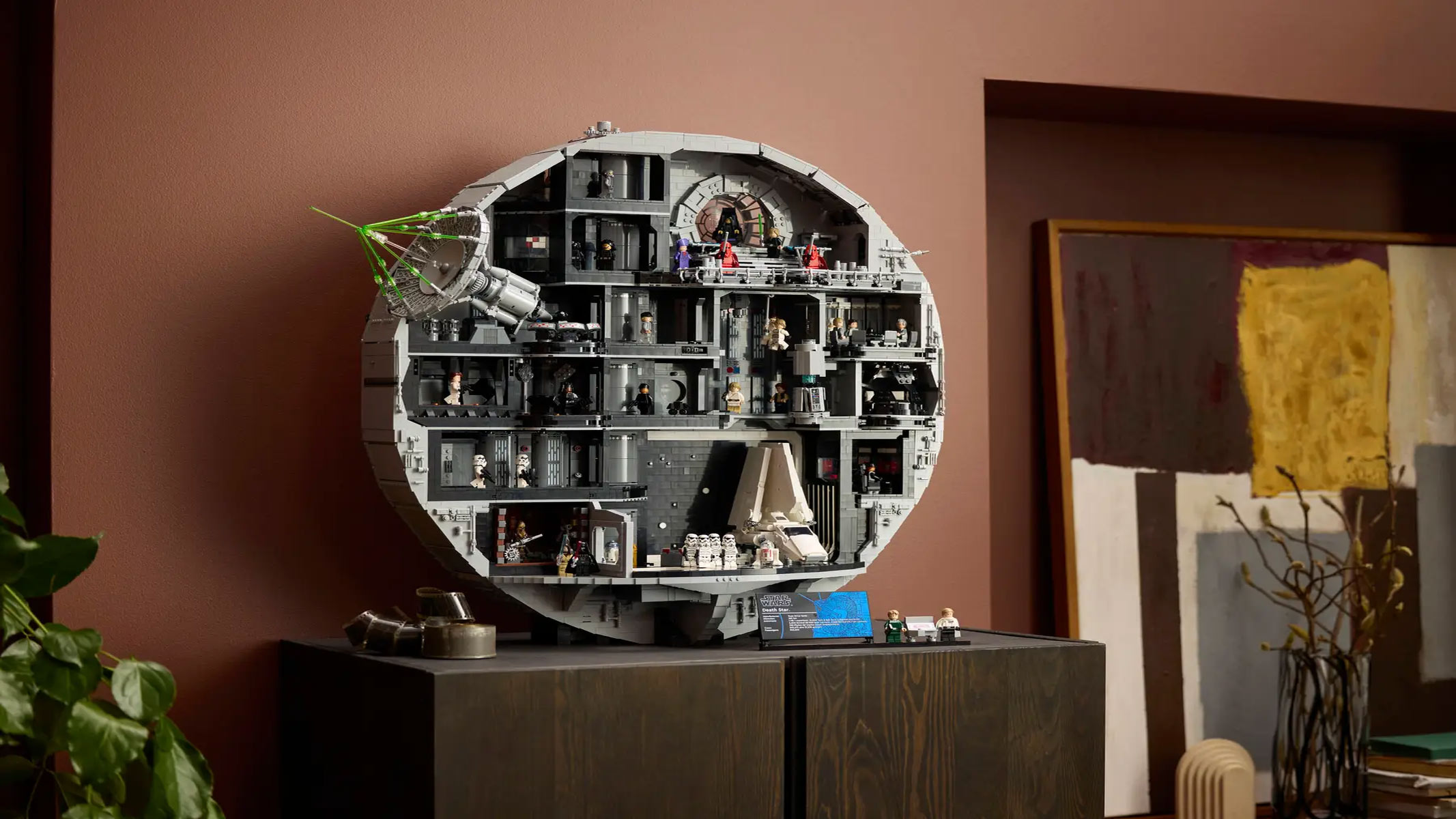Experts Say Wormholes, Time Machines Unreliable
According to a new paper by researchers Roman Buniy and Stephen Hsu, traversable wormholes and time machines cannot be both stable and predictable. Albert Einstein and Nathan Rosen published the first scientific paper on wormholes (also called Einstein-Rosen bridges) in 1935, describing how it might be possible for two distant regions of space-time to be connected through a tunnel-like spatial shortcut.
The basic idea of a wormhole derives from a simple analogy. If the universe is like the skin of an apple (from a topological viewpoint), a worm trying to crawl to diametrically opposite points could save time by boring through the apple, rather than staying on the surface. Another version of this kind of analogy uses the idea that you can bring two distant points on a sheet of paper together - by folding the paper.

The resulting "wormhole" consists of two or more "mouths" (or holes in the surface) connected to a "throat" which provides the passage.
A traversable wormhole could be used for either travel from one point to another, or from one time to another. Unfortunately, according to the paper, quantum effects are necessary for the construction of stable traversable wormholes. This would cause the wormhole to behave unpredictably; you might not know where (or when) you would come out. Wormholes and time machines cannot be both predictable and stable.
This is very bad news for science fiction fans. Wormholes have been used by generations of sf writers to enable ships to travel between stars in the time it takes to turn a page. In his 1934 story Xandulu, Jack Williamson writes "I can fold space as readily as you double a sheet of paper. I can reach through hyperspace where distance means nothing."

In his 1939 novel Grey Lensman, E.E. "Doc" Smith refers to "Dirac Holes" and "hyperspatial tubes" that can be used instead of being forced to traverse normal space. By the time Isaac Asimov's Foundation series debuted in 1950, hyperspace travel was commonplace.
What would it be like to step through a wormhole? Frank Herbert described a jumpdoor's "vortal tube" in this way:
Breaking space news, the latest updates on rocket launches, skywatching events and more!
Read more at Semi-classical wormholes and time machines are unstable (pdf) and the news story Wormholes no use for space travel.
(This Science Fiction in the News story used with permission from Technovelgy.com - where science meets fiction.)
Bill Christensen is the founder and editor of Technovelgy, a website dedicated to cataloguing the inventions, technology and ideas of science fiction writers. Bill is a dedicated reader of science fiction with a passion about science and the history of ideas. For 10 years, he worked as writer creating technical documentation for large companies such as Ford, Unisys and Northern Telecom and currently works to found and maintain large websites. You can see Bill's latest project on Twitter.
